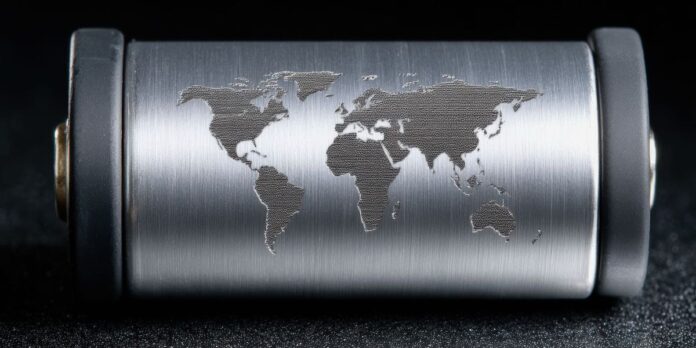Introduction to the Lithium Supply and Battery Raw Materials Conference
The 2025 Fastmarket’s Lithium Supply Battery Raw Materials (LBRM) conference in Las Vegas brought together approximately 1000 delegates, industry experts, and analysts to discuss the current landscape and future projections of the battery materials sector. Fastmarkets CEO Raju Daswani highlighted the growth and maturation the battery raw materials sector has experienced, stating that it is now central to energy security, industrial policy, and geopolitical strategy.
Key Questions Guiding the Conference
Daswani posed four key questions to guide attendees’ thinking throughout the event:
- Decoupling vs. Interdependence: Can the US and China truly decouple their lithium and battery supply chains, or will market realities force continued interdependence?
- Technology Leadership Race: Who will lead battery innovation?
- Price Sustainability: How sustainable is the current lithium price environment?
- Hidden Supply Chain Risks: What proactive steps can the industry take to address emerging risks like permitting delays, power constraints, community opposition, water limitations, talent shortages, and geopolitical instability in critical mining regions?
Robust Growth Projections
At the conference, Paul Lusty, head of battery raw materials at Fastmarkets, presented a bullish picture for the future of lithium prices, despite current market challenges. He noted that despite headwinds and negative sentiment, the fundamentals are strong, anchored in powerful trends such as climate change mitigation, the global energy system shift, and the rise of energy-intensive technologies. The Fastmarkets team projects a 12 percent CAGR through to 2035.
China’s Dominance in the Battery Metals Space
China’s role in the battery metal sector was a recurring topic, with several speakers and panelists weighing in. Iggy Tan, chairman of Lithium Universe, recounted China’s nearly two-decade-long strategy to develop a robust, vertically integrated supply chain, which began with a national goal to lower vehicle emissions in cities. This strategy was supported by a long-term mandate, government regulations, incentives, and investment. Joe Lowry, president of Global Lithium, added that the battery supply chain in China was further strengthened in 2003 when then-president Hu Jintao selected the battery industry among his 10 Champion Industries.
Financing the Future
Financing and investment in the lithium sector declined as prices fell. Although the long-term demand outlook is poised to benefit from battery sector expansion and energy storage system growth, the current glut in the market has created challenges for Western companies. SC Insights Founder and Managing Director Andy Leyland explained that at current low lithium prices, companies are not making final investment decisions for new lithium projects. Producers are cutting back on capital expenditures and are unable to justify new investments. YJ Lee, director and co-fund manager at Arcane Capital Advisers, advised junior miners to cut corporate costs and continue drilling and developing, as the next up cycle is likely just around the corner.
Conclusion
The 2025 Fastmarket’s Lithium Supply Battery Raw Materials conference highlighted the growth, challenges, and strategic considerations facing the global lithium and battery raw materials industry. With robust growth projections, China’s dominance in the battery metals space, and financing challenges, the industry must navigate complex themes to ensure a sustainable future. As the sector continues to evolve, it is crucial for companies to address emerging risks, invest in new technologies, and develop strategies to mitigate supply chain disruptions. By doing so, the industry can unlock new opportunities and drive growth in the years to come.

